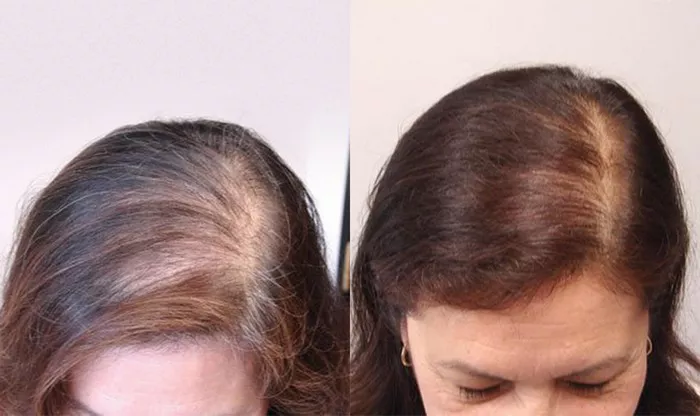When it comes to hair transplants, a common question that arises is whether the donor area, the region where hair follicles are harvested, will grow back after the procedure. This concern is perfectly valid, as understanding the regrowth process is crucial for individuals considering a hair transplant. In this article, we’ll delve into the intricacies of donor area regrowth, addressing five key aspects that shed light on this topic.
The Donor Area: Understanding the Basics
Before we explore the regrowth process, it’s important to grasp the fundamentals of the donor area. The donor area is typically situated at the back or sides of the scalp, where hair follicles are genetically resistant to the hormone responsible for hair loss – DHT. These follicles are extracted for transplantation, ensuring the transplanted hair maintains its resistance to hair loss even in the recipient area.
The Transplantation Technique Matters
The technique used for hair transplantation plays a significant role in donor area regrowth. There are two primary methods: Follicular Unit Transplantation (FUT) and Follicular Unit Extraction (FUE). In FUT, a strip of tissue is removed, and follicles are extracted. FUE involves individually extracting follicles. While both methods yield successful results, FUE tends to have a less noticeable impact on the donor area’s appearance due to its minimally invasive nature.
Post-Transplant Healing and Hair Growth
After a hair transplant, the donor area undergoes a healing process. Initially, there might be some scabbing and redness, but these typically subside within a few weeks. Hair growth, however, takes time. It’s important to note that the transplanted hairs initially shed within a few weeks. This shedding is a natural part of the process, and new hair growth gradually emerges from the transplanted follicles over the coming months.
Patience is Key: Hair Regrowth Timeline
Patience is a virtue in the journey of donor area regrowth. While individual experiences may vary, it’s common for visible hair regrowth to begin around three to four months post-transplant. However, full and mature results may take anywhere from 8 to 12 months to become evident. This timeline allows for the hair follicles to establish themselves and grow naturally, blending seamlessly with the existing hair.
Maximizing Donor Area Regrowth: Expert Tips
There are steps you can take to optimize the regrowth of your donor area after a hair transplant:
1. Follow Post-Operative Instructions:
Your surgeon will provide specific instructions for post-operative care. Adhering to these guidelines can promote proper healing and optimal hair regrowth.
2. Maintain a Healthy Lifestyle:
A balanced diet rich in vitamins and minerals supports overall hair health. Adequate hydration and stress management also contribute to favorable regrowth outcomes.
3. Avoid Smoking and Alcohol:
Smoking and excessive alcohol consumption can impede blood circulation, which is essential for hair follicle nourishment. Minimizing these habits can positively impact regrowth.
4. Use Gentle Hair Care Practices:
Treat your transplanted and existing hair with care. Use mild shampoos, avoid aggressive brushing, and protect your scalp from excessive sun exposure.
See Also: When Can I Use Toppik After Hair Transplant: Definitive Guide
In conclusion
The regrowth of the donor area after a hair transplant is a gradual and natural process. Understanding the basics of the donor area, the chosen transplantation technique, post-operative care, and the importance of patience are all integral to achieving successful regrowth. By following expert tips and maintaining a healthy lifestyle, individuals can maximize their chances of attaining optimal regrowth results.
As with any medical procedure, it’s essential to consult with a qualified and experienced hair transplant professional. They can provide personalized guidance based on your unique situation, ensuring the best possible outcome for your hair transplant journey.


